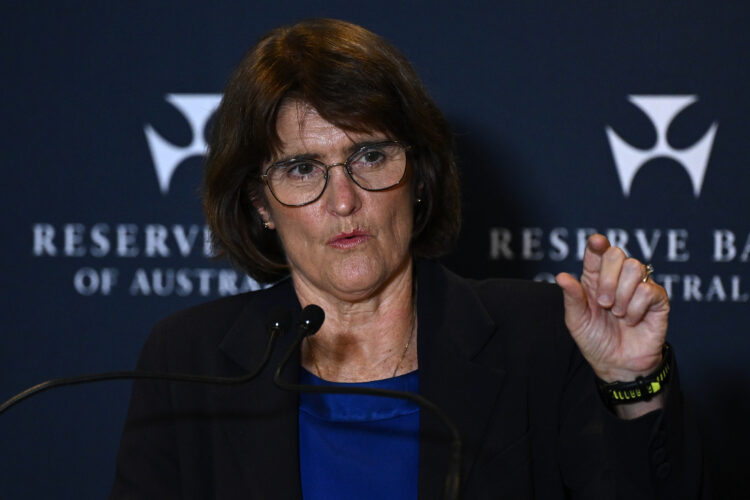Bill Browne
Director, Democracy & Accountability
When Ali Moore asked me onto ABC Drive earlier this month to make the case for the Coalition splitting up, it was framed as a hypothetical.
You can listen to that interview here, where political analyst Dr Gregory Melleuish made the contrary case for the Coalition to stay together.
Some thoughts on the Coalition split now it is reality:
The Coalition Agreement has always been somewhat mutable. In Western Australia, the Nationals are not in formal coalition with the Liberals. They used that to great effect during the Barnett Government, when they won the Royalties for Regions scheme.
In South Australia, a National became a minister in the Labor Government. That would not be possible under a Liberal–National Coalition. And while the Albanese Government is not short of Labor MPs in this term, it leaves an opportunity for next term if a power-sharing parliament is elected.
The Nationals’ strength relative to the Liberals has grown since the Howard Government. Historically, the non-Labor parties have suffered when the junior partner has dominated – look at the damage done by the 1987 “Joh for Canberra” campaign, or in 1943 when the Country Party led the Coalition’s election campaign. Their disastrous performance in 1943 led to the United Australia Party’s dissolution and the rise of the Liberal Party.
Regional and rural voters have lost out from the Coalition.
When the Liberal–National government cut taxes mostly for the rich, the top 10 electorates who got a tax cut were mostly Liberal electorates. The bottom 10? Mostly Nationals electorates. The Coalition Agreement forced Nationals to vote for and defend tax cuts that benefited people in Liberal seats the most and people in National seats the least. And when Labor got into power and changed those tax cuts, it wasn’t people in Labor seats who benefited the most – it was people in Nationals seats.
With the Nationals outside the Coalition, they could argue more forcefully for greater government spending on health, education, public transport and infrastructure – all of which would benefit the regions.
Leaving the Coalition gives the Nationals some Senate influence this term.
The Albanese Government is heading into a Senate with just two options: work with the Liberal Party or work with the Greens. But now, with the Nationals quitting the Coalition, a third option opens up: the Nationals senators plus independent and minor party crossbenchers like One Nation, Jacqui Lambie, Tammie Tyrell and David Pocock. It will be a difficult route, but the Nationals may have dealt themselves into Senate relevancy in this term.
Leaving the Coalition could also go poorly for the Nationals.
The Nationals have enjoyed a quota system, receiving a set number of ministries regardless of merit. That’s something never afforded Liberal and National women in the Cabinet. There is no guarantee that if or when the Coalition reforms, the Nationals will receive as many Cabinet positions.
The Coalition has also ensured that the Nationals are treated as a major party despite having the vote share of a minor party. Will the media be able to justify featuring Nationals’ talking heads on as often as they do, relative to movements like the Greens, community independents and micro parties that have had electoral success federally and in the states?
Ultimately, if the Nationals reorient around meeting the needs of workers and residents in the regions, this split could be very good not just for the party but for the people they represent. But are National politicians interested in taking that opportunity?


Loading form…